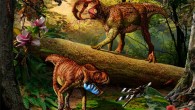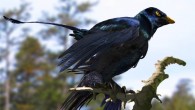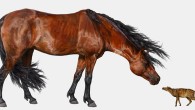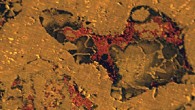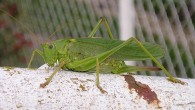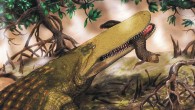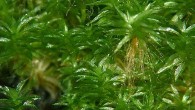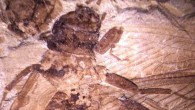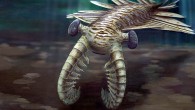An international team of researchers has found that rodent-like creatures called multituberculates flourished during the last 20 million years of the dinosaurs’ reign and survived their extinction 66 million years ago. An artist’s conception depicts a multituberculate in its natural habitat at the time of the dinosaurs (Jude Swales / Burke Museum of Natural History and Culture) A study, published online in the journal Nature, suggests...


